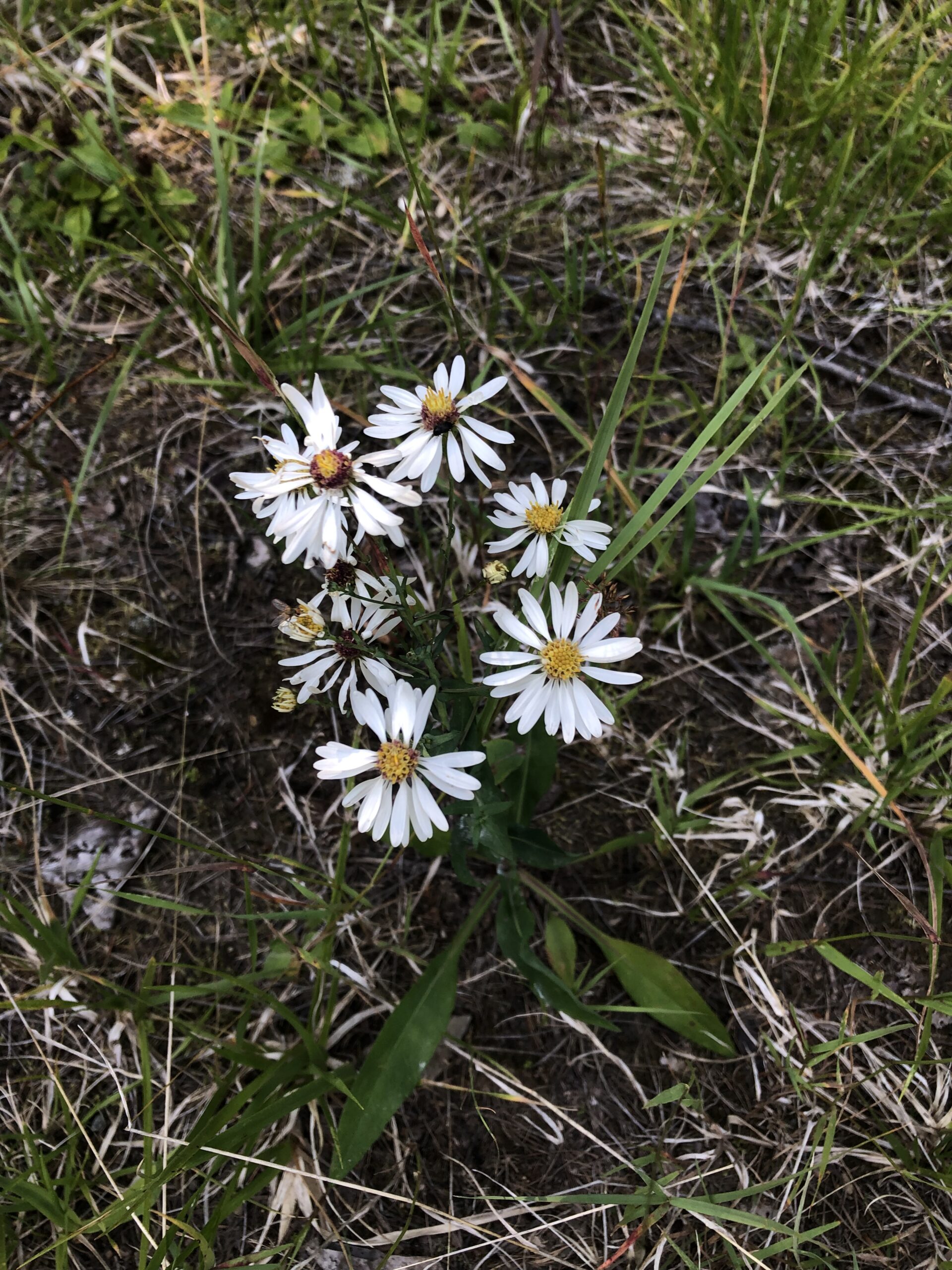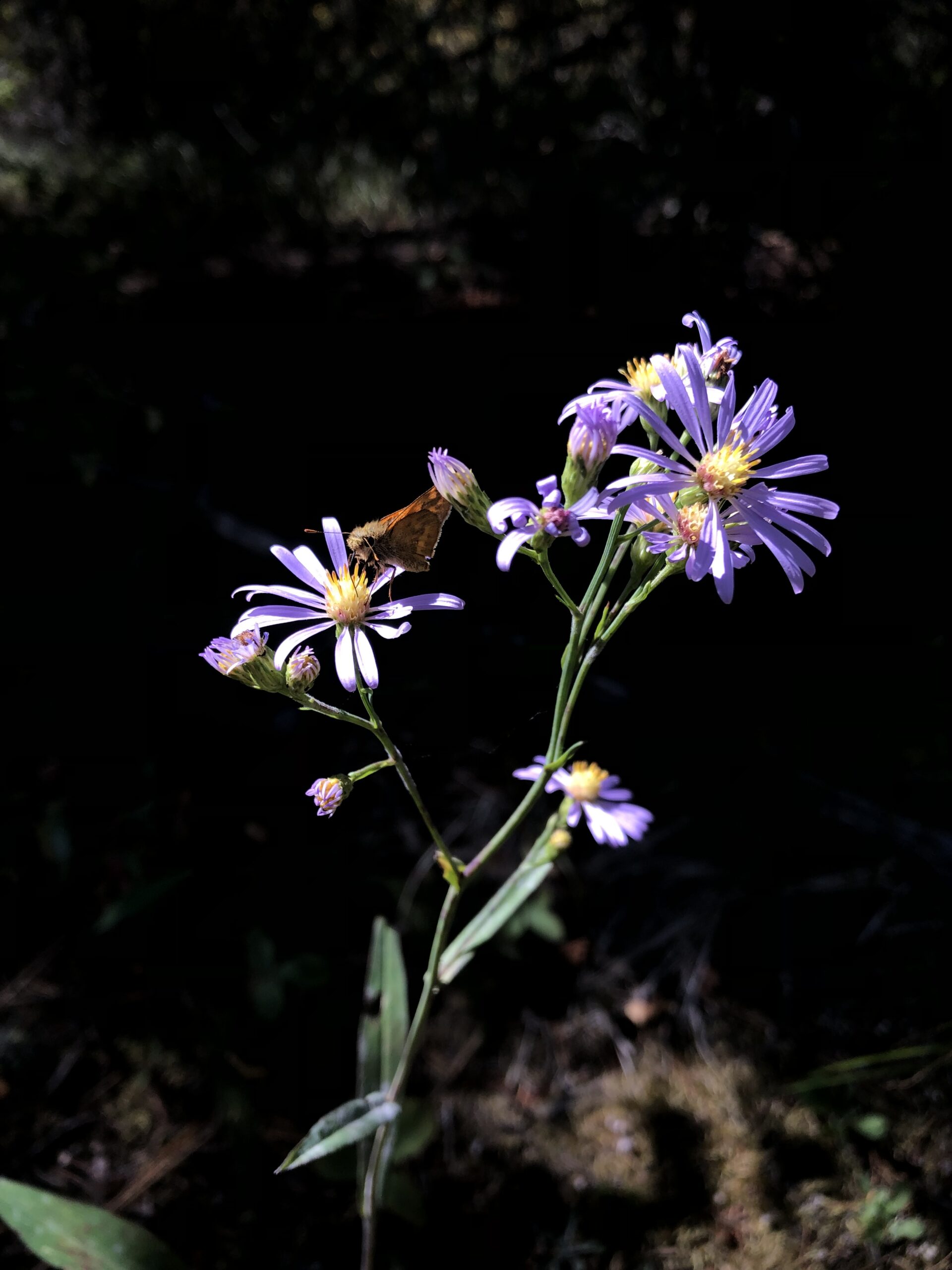
Much like August, September has been full of seed collecting. While we had a lovely diversity of species in August and into early September, collecting plants from different families and habitat type, mid to late September has been a different story with the species proving to be a little more difficult. Looking similarly and growing in the same habitats.
The species we spent most of our time on in September were Symphyotrichum laeve (smooth blue aster) Erigeron speciosus (showy fleabane) and Eurybia conspicua (showy aster).
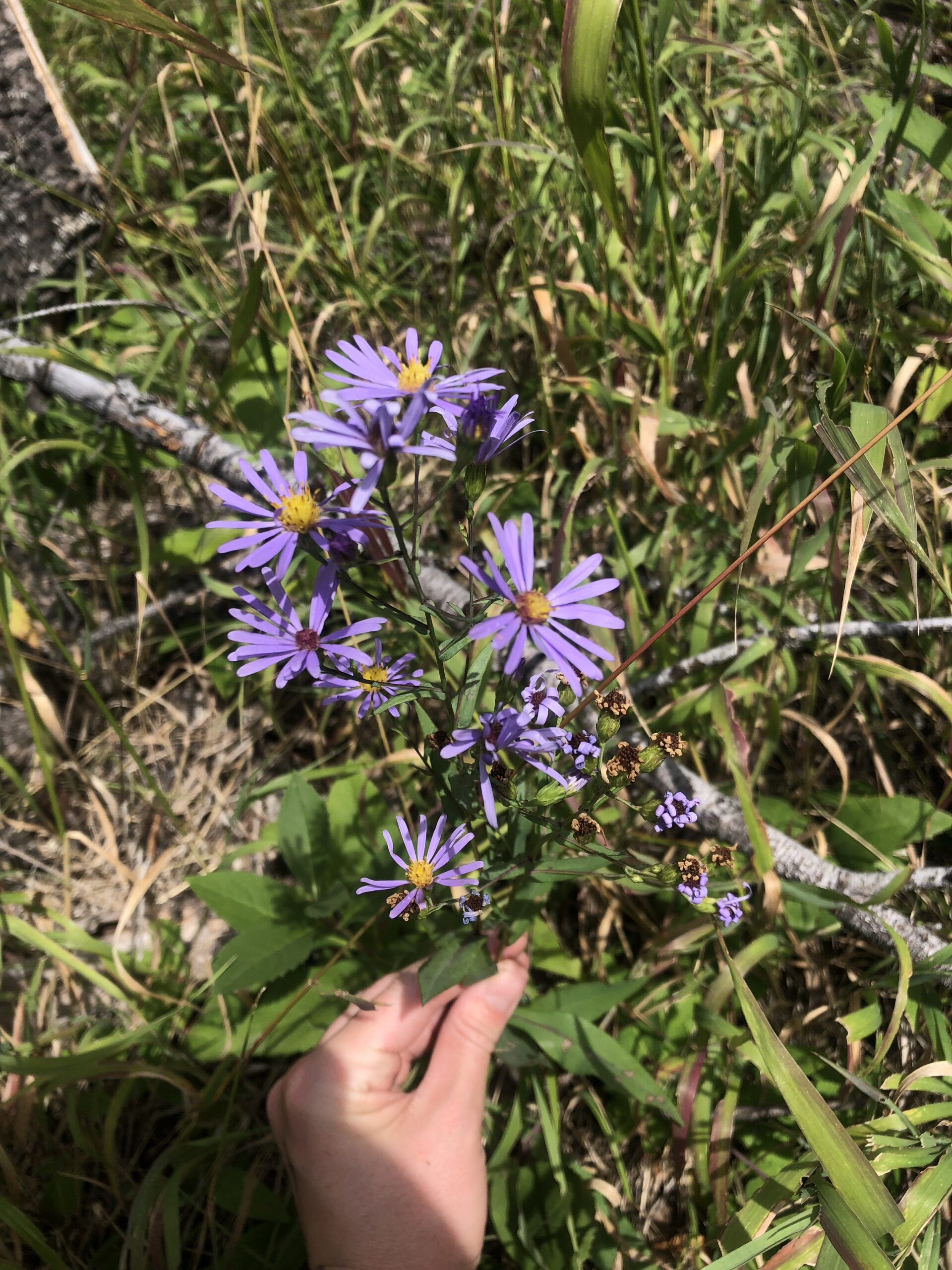
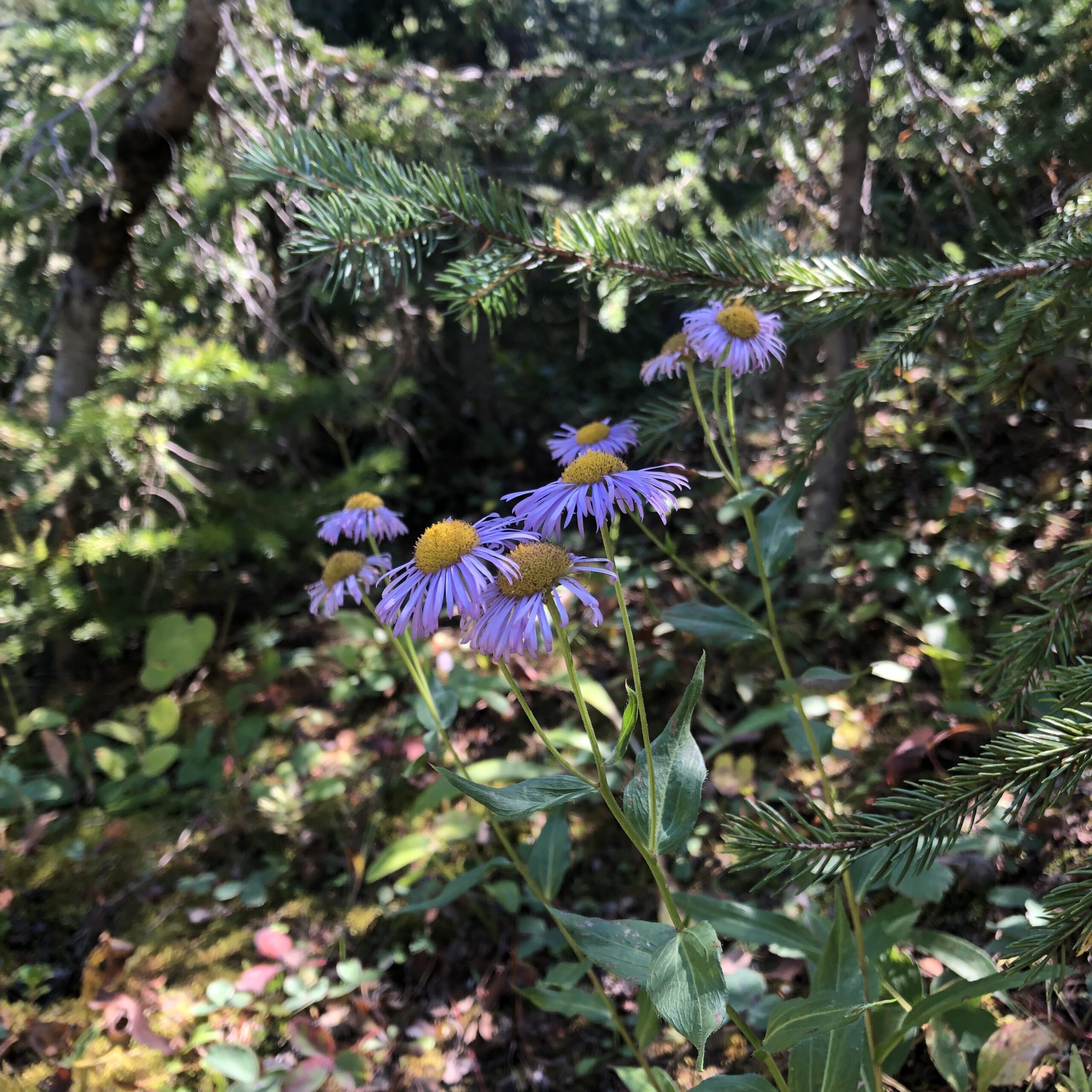
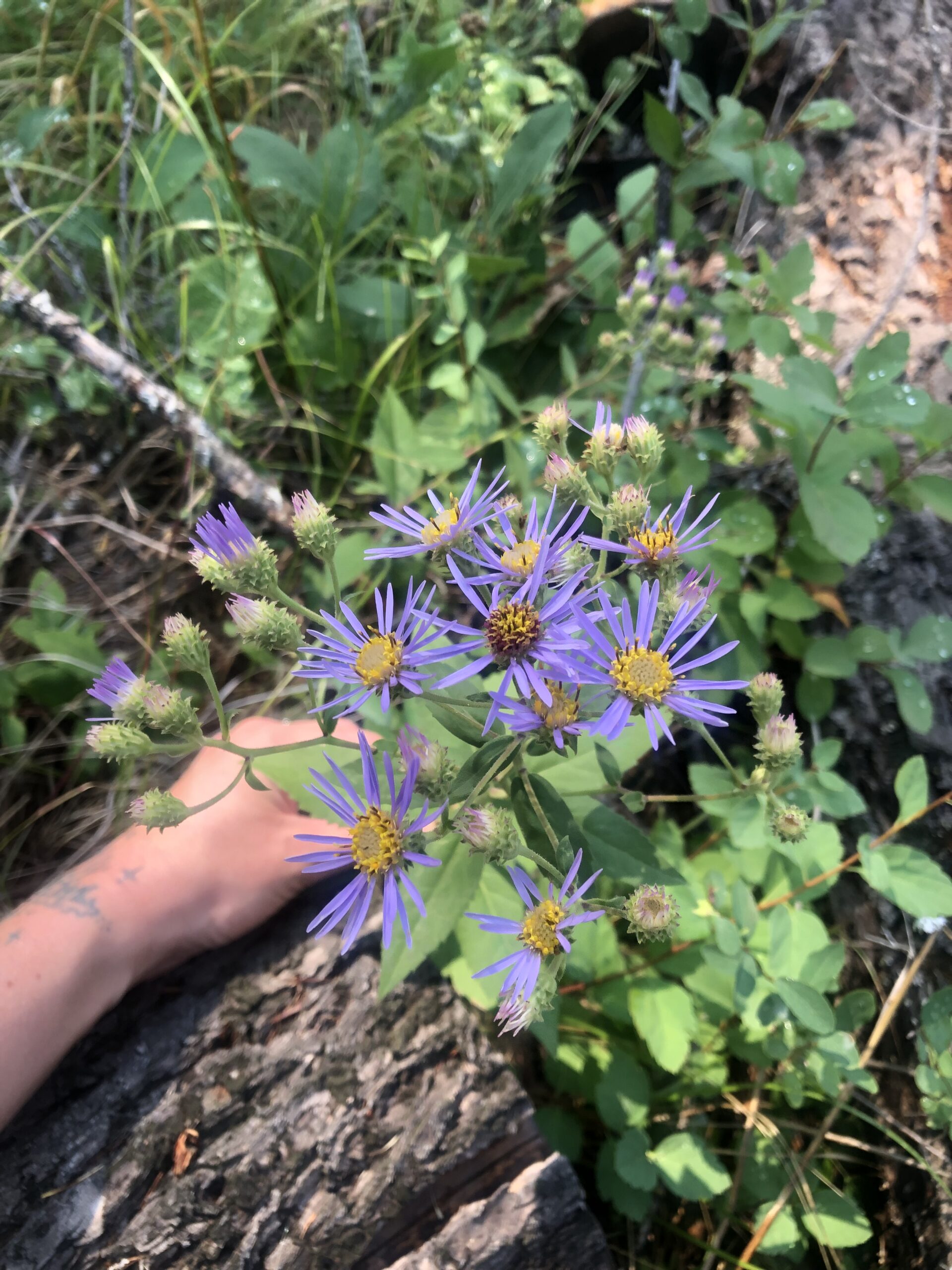
Luckily, with our training and experience in plant identification from earlier this summer, we have gotten pretty good at spotting the small differences between plants. E. speciosus is a “fleabane” and not an “aster” because it as a different type of bract. S. laeve and E. conspicua have tall, tube like scaly bracts of multiple layers. While E. speciosus has a flat bract with only one layer. E. speciosus also had more ray flowers, meaning that it has a greater number of thinner purple petals and they look more crowded. Both features setting this species apart from the other two.
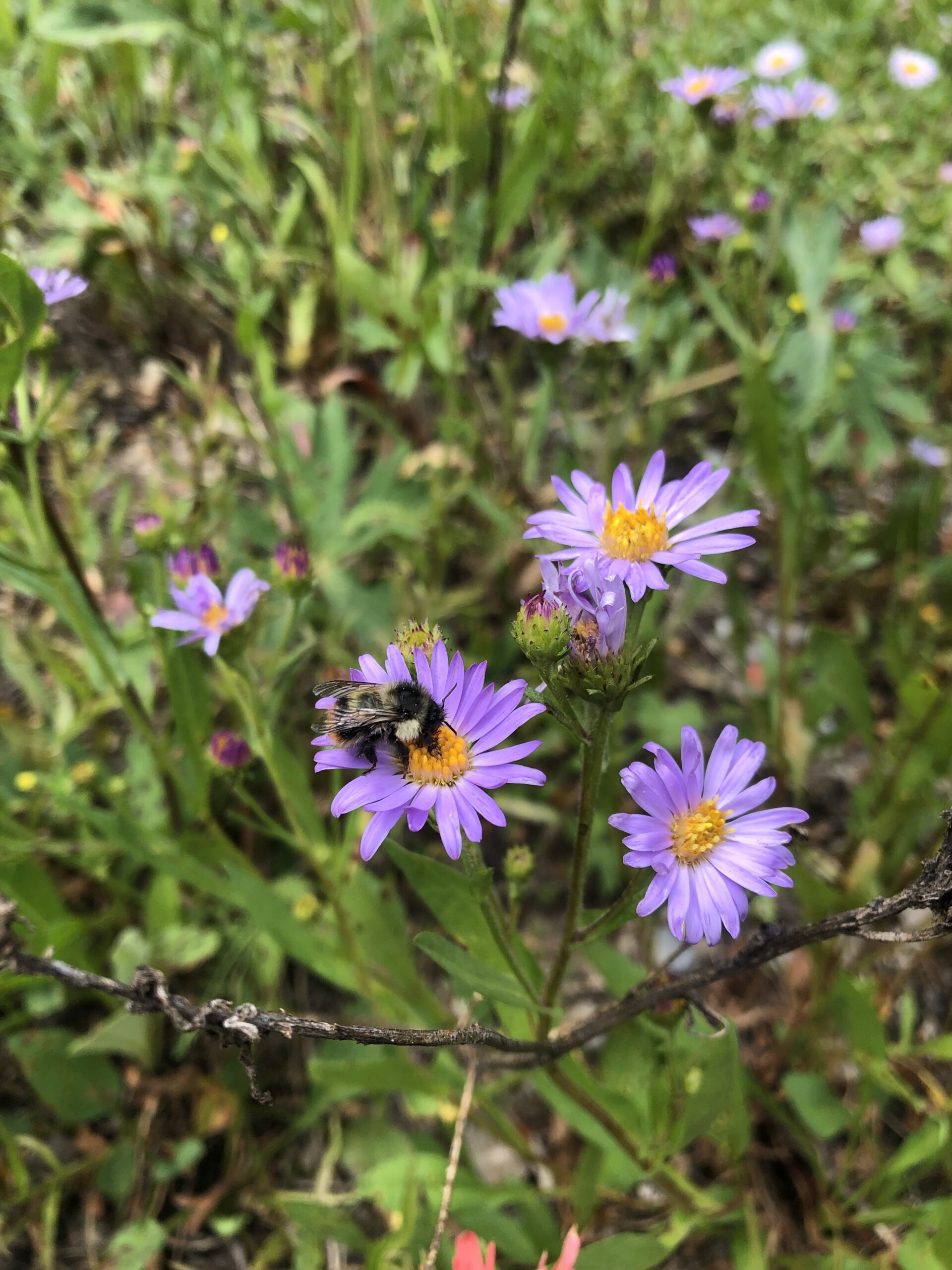
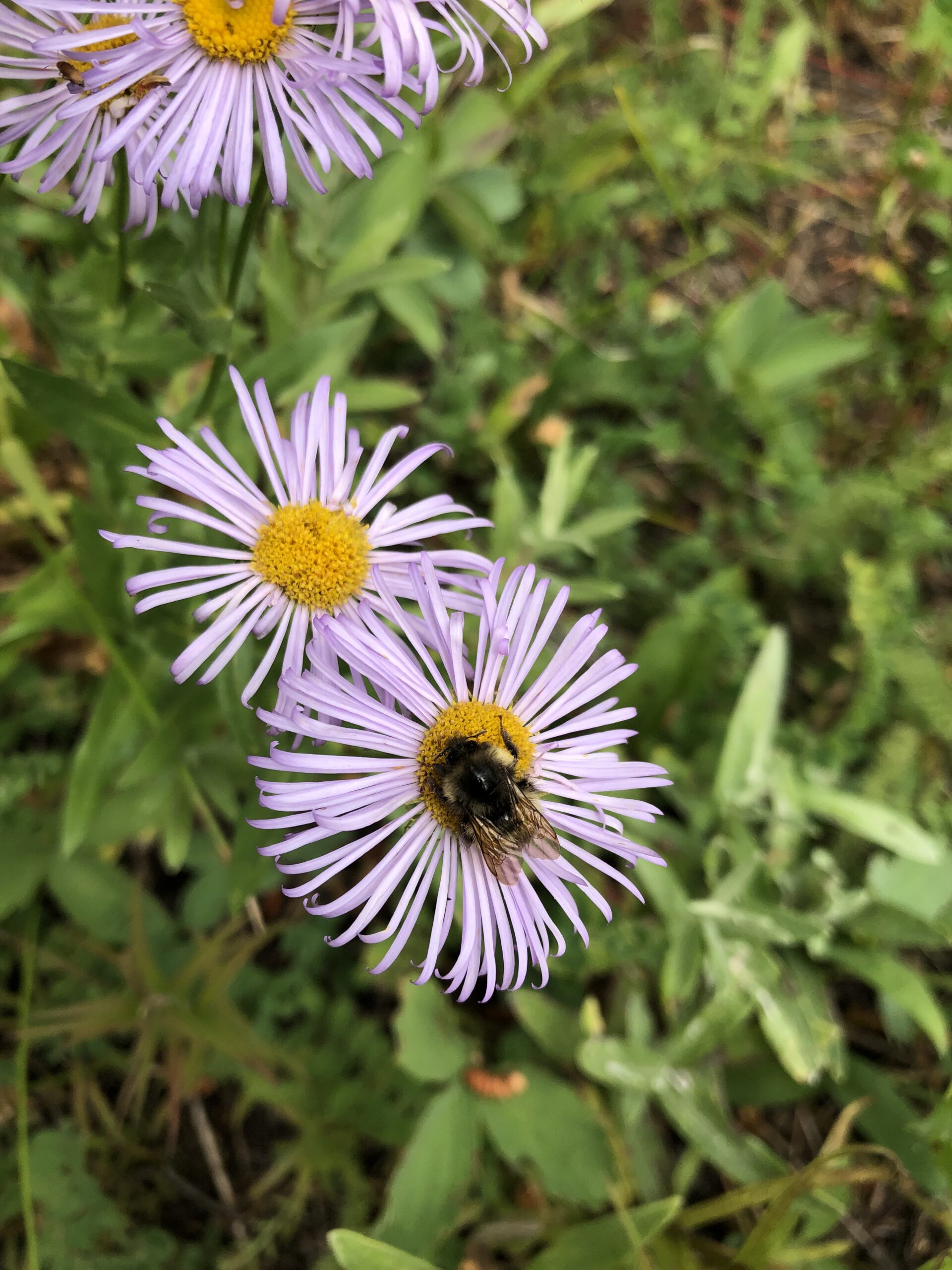
The flowers and bracts of S. laeve and E. conspicua are near identical. However, luckily they have one big difference. S. laeve is known as smooth blue aster because it is the only purple aster with completely smooth, hairless leaves and stems. Where as E. conspicua has larger rough sand paper-like hairy leaves and stem.
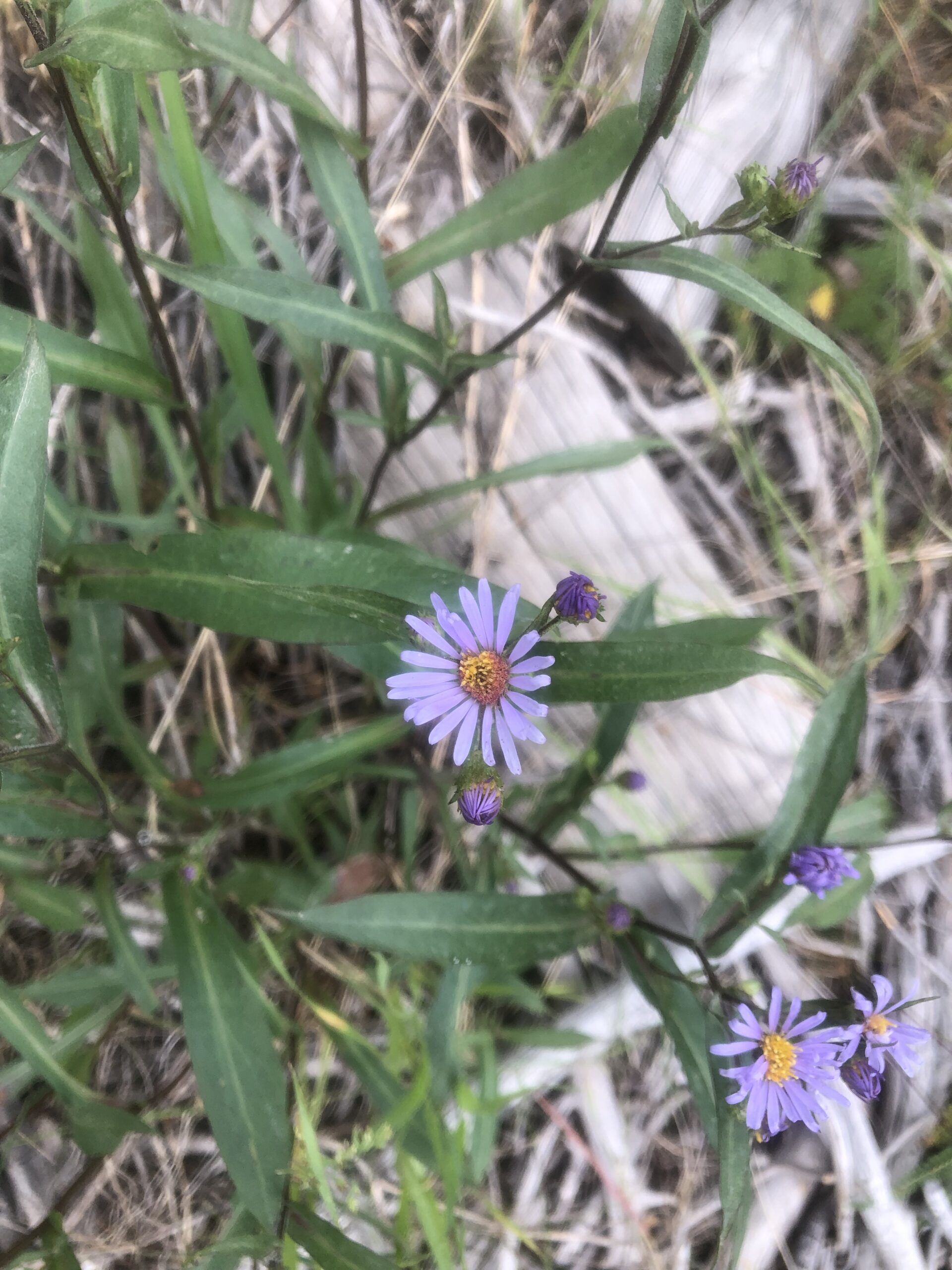
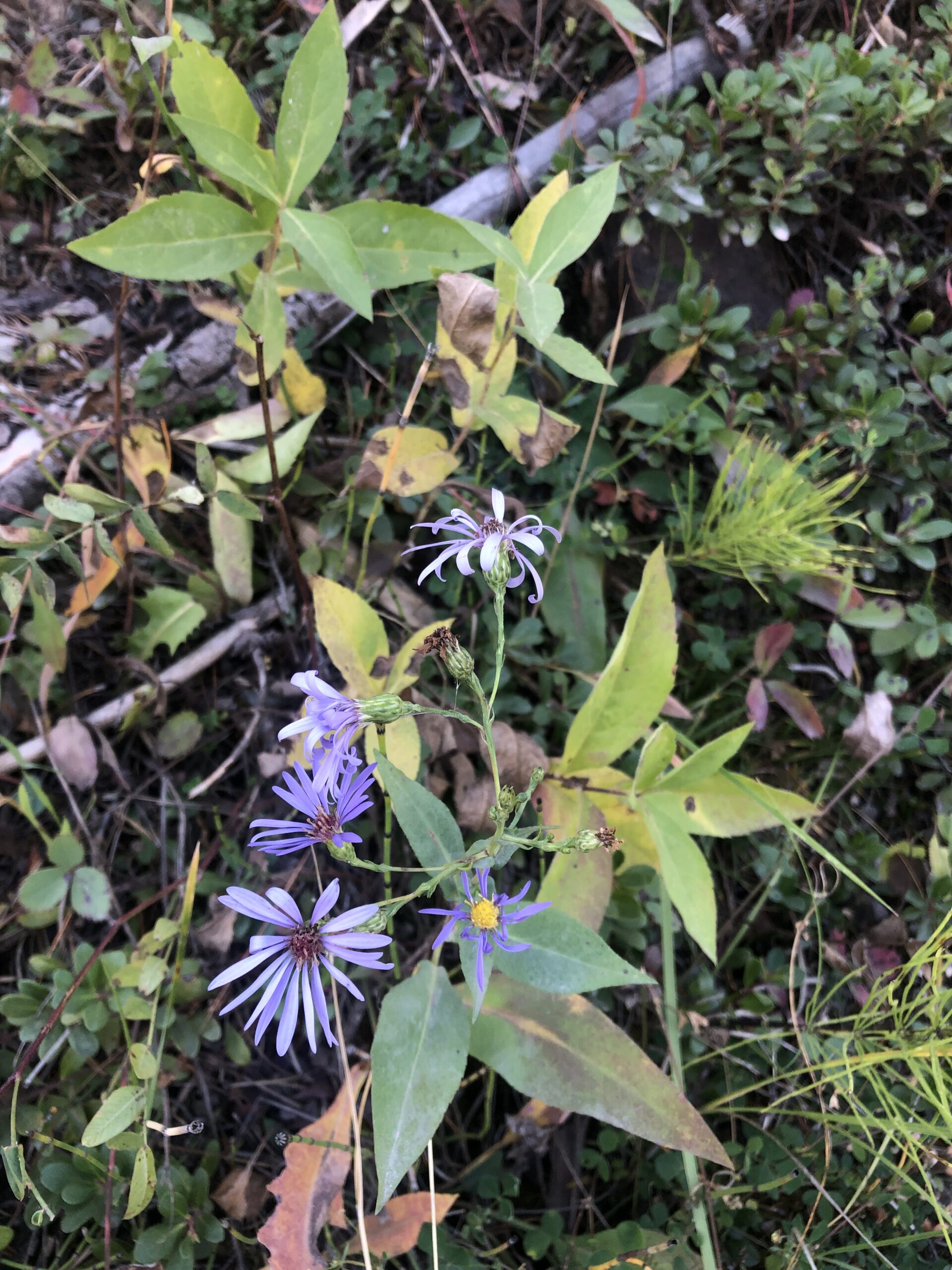
While initially observing purples asters in the field, we still had to stop and check the bracts under the flower heads and feel the leaf texture, but we have gotten quicker!
Unfortunately, IDing these species when they’ve gone to seed isn’t any easier.
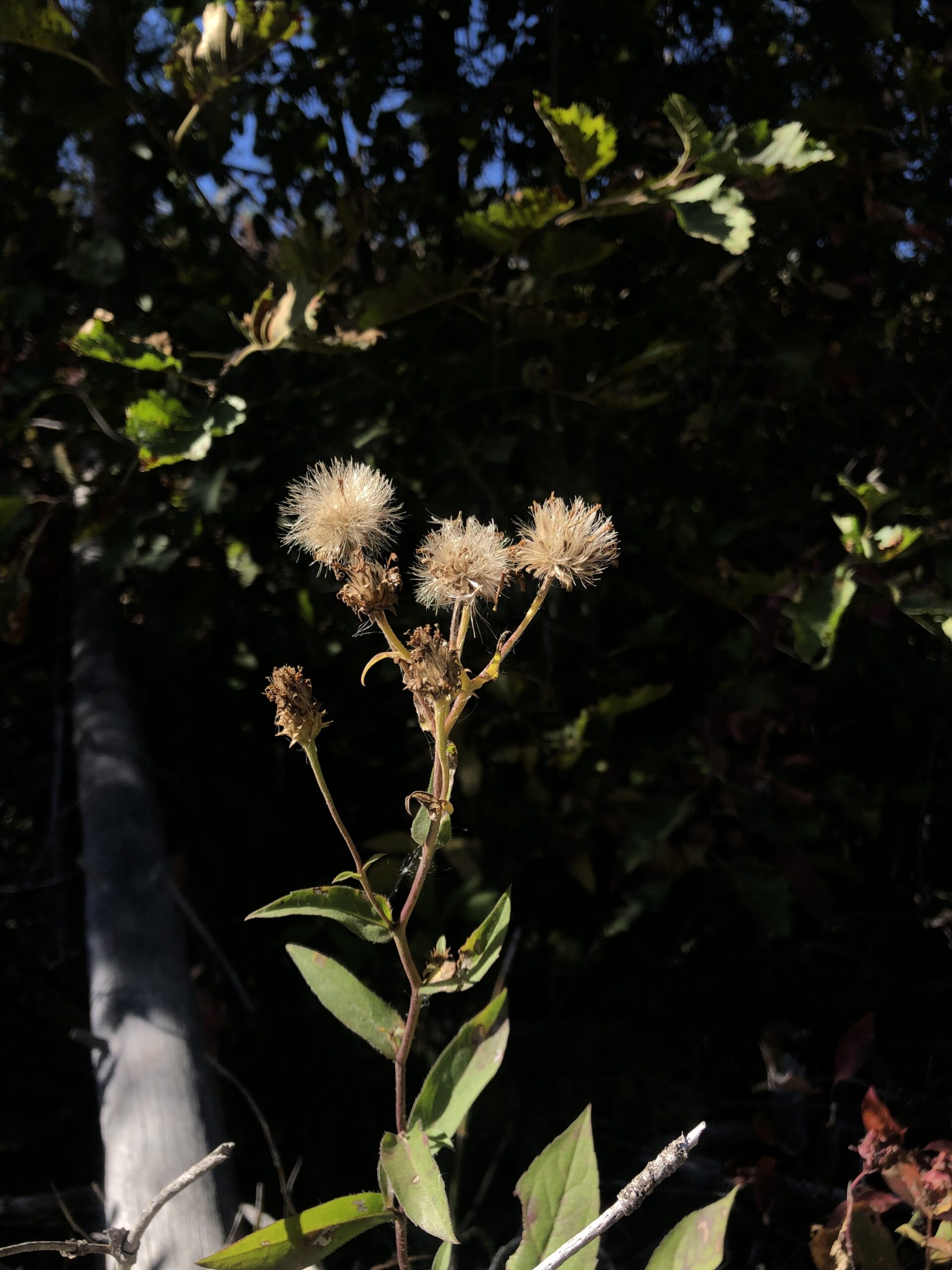
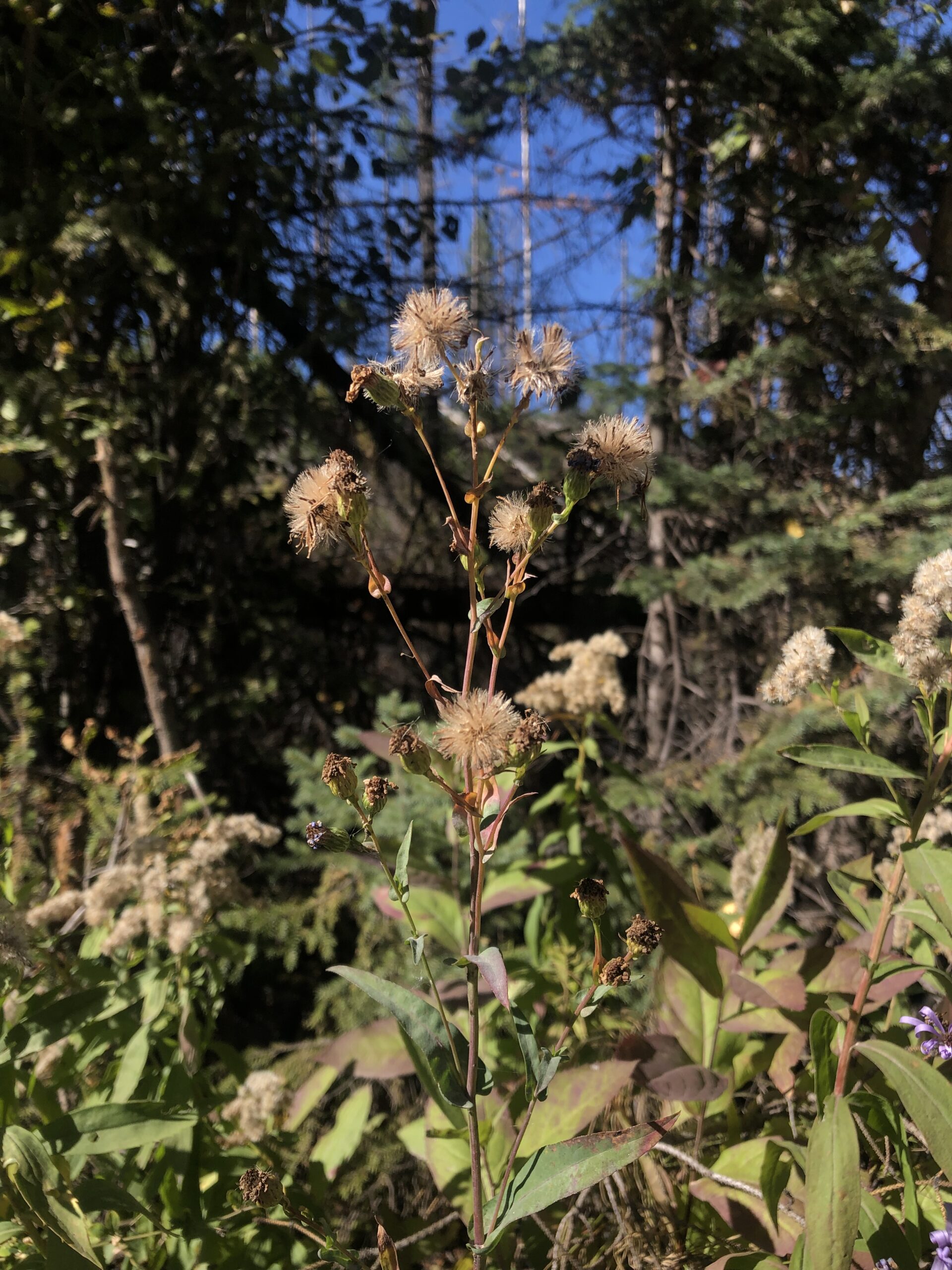
Luckily with E. conspicua the rough leaves are still present when the plant is at mature seed and it is identifiable that way.
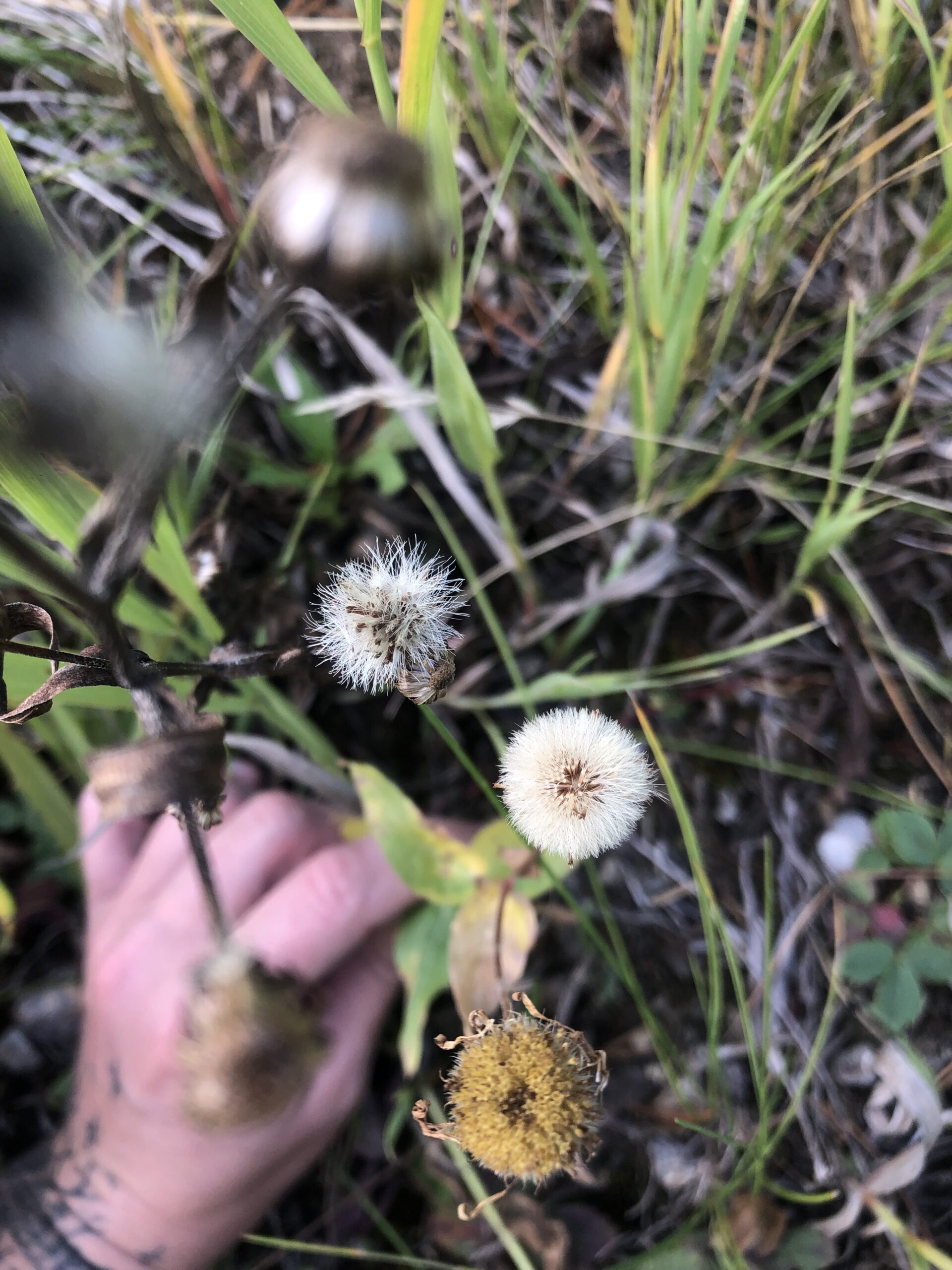
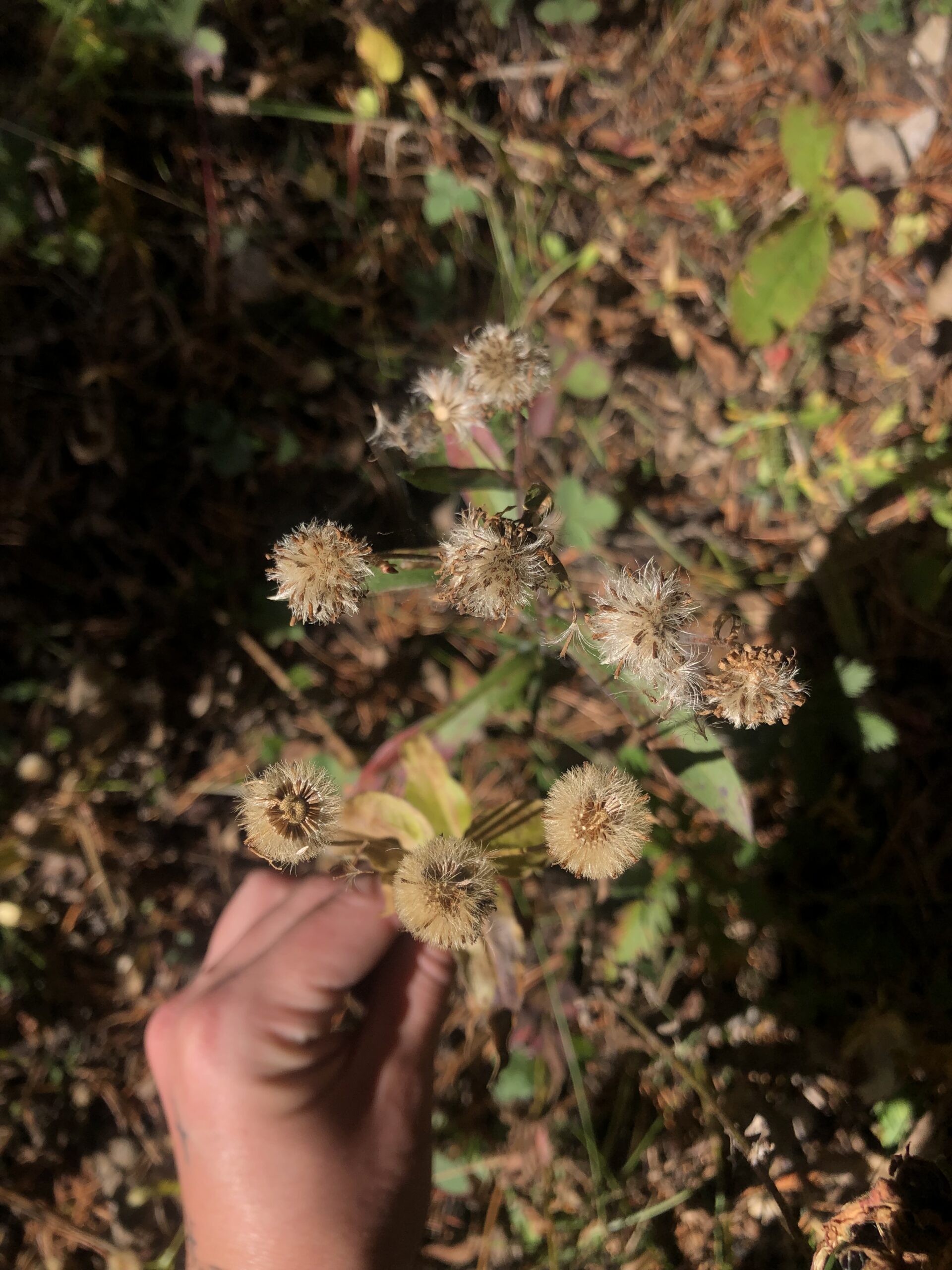
However, the difference between S. laeve and E. speciosus becomes harder at mature seed because the bract is no longer present and the leaves are a similar size and shape. Something we were able to observe is that E. speciosus has more a perfectly circular seed head and is often a lighter color (seen clearly in the left photo above). It makes sense that the seed head appears more compact and round because E. speciosus has a higher number of flowers per flower head.
A more concrete difference between the two when the bract isn’t present is that S. laeve has leaves that clasp around the stem, while E. speciosus also does not have a petiole, but the leaves do not wrap or clasp the stem at all. This was our sure fire way of telling them apart if there were no flower head presents, but usually, due to the variability in phenology, we could usually find some plants still flowering in the shade!
Another obstacle we ran into with these purple asters is that Eurybia conspicua does not like to flower. Like most aster E. conspicua is perennial, but it was still fascinating to come across hundreds of the same plant in a population and not find a single flower.
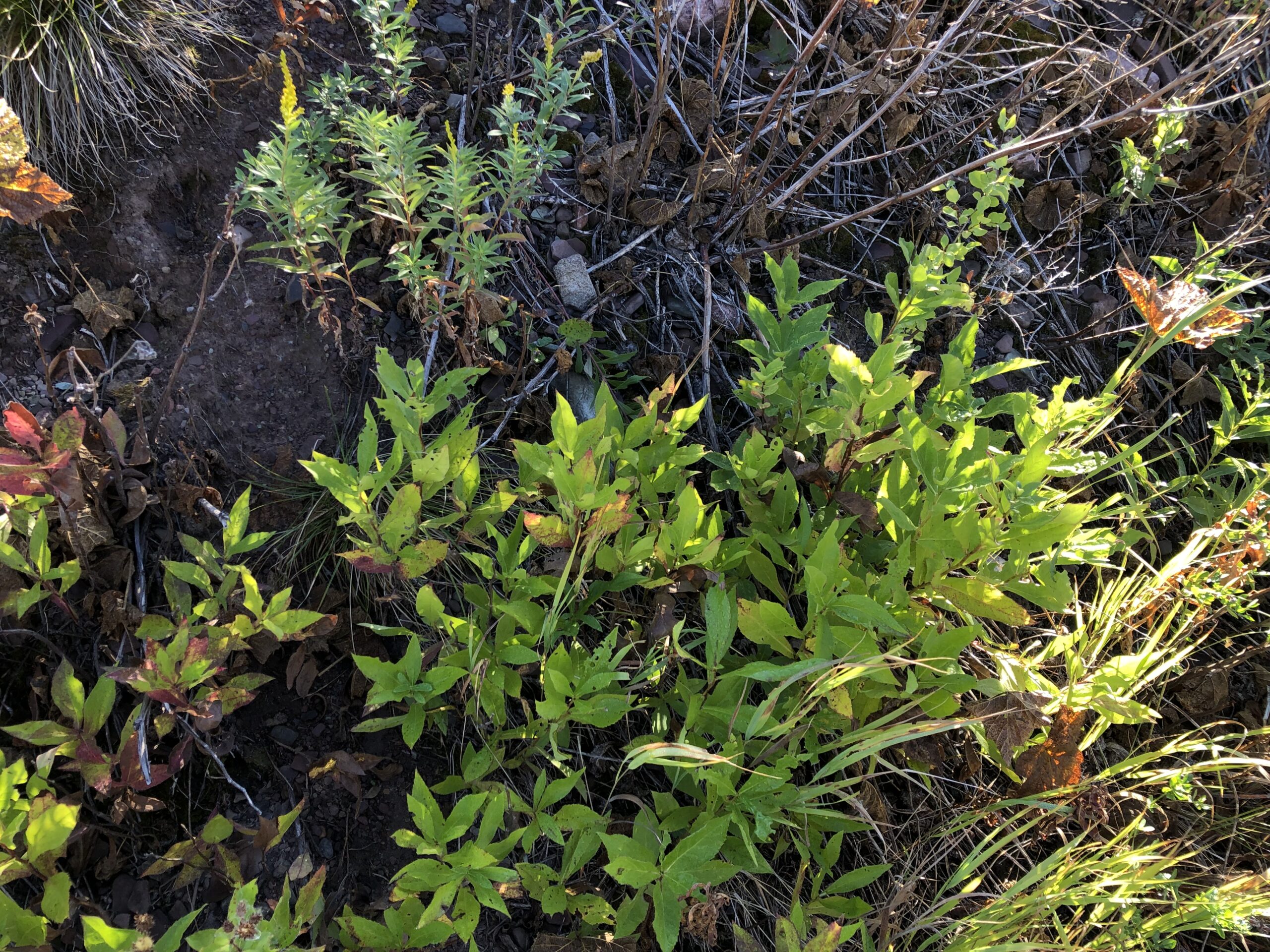
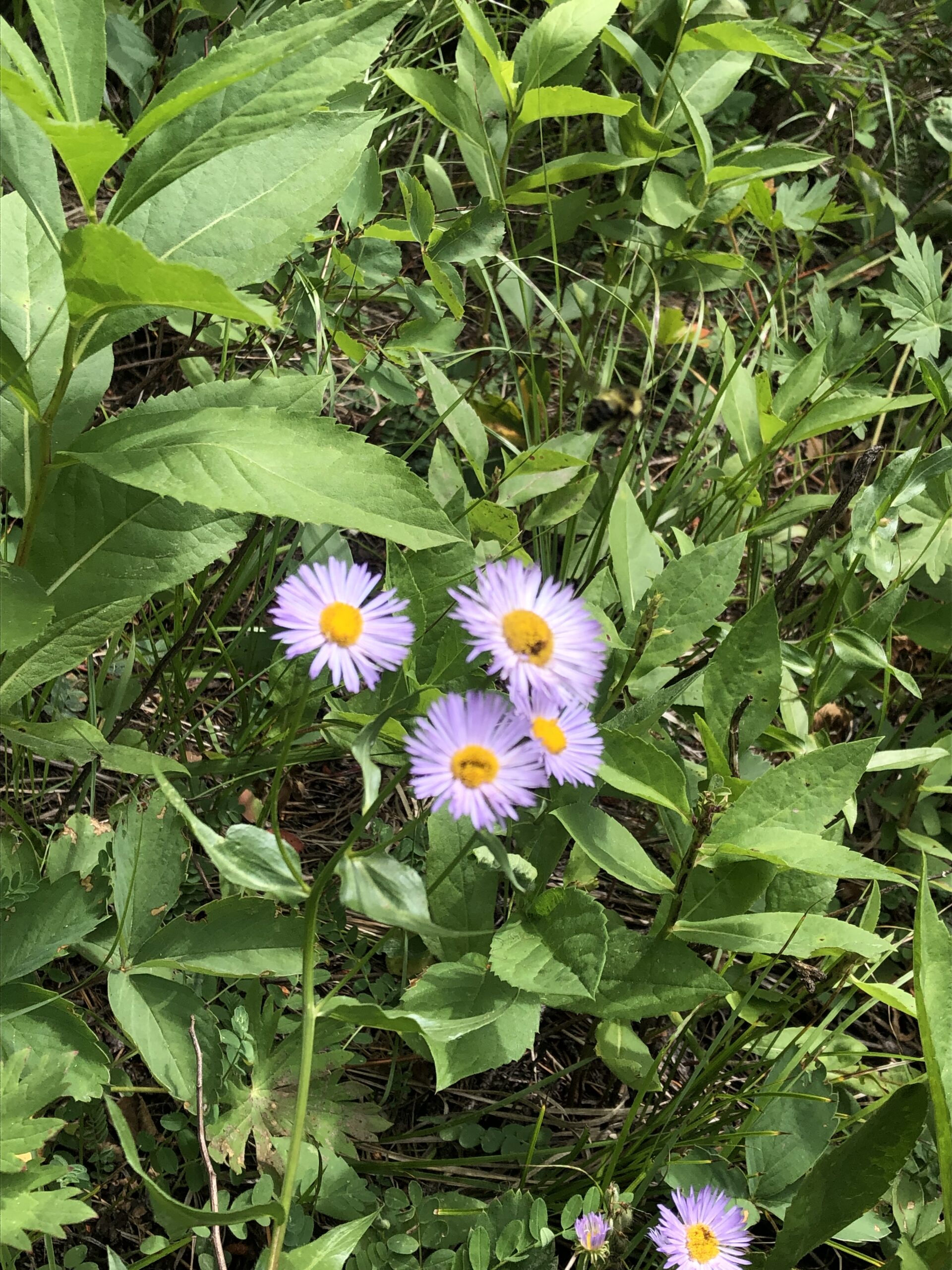
When we did find patches that were flowering, less the a quarter of the population would be. Almost half of the populations we scouted this summer did not end up producing a single flower. Eurybia conspicua reminds me of bear grass (Xerophyllum tenax) in that way.
October 1st was our last day of seed collection and I have to say, it was bittersweet. I so enjoyed traveling all over Flathead National Forest and getting to stay in remote places like Spotted Bear Ranger Station. I am, however, excited to get into the data of everything we collected and to create herbarium specimens.
Here’s to the final month of the internship!
-Erynn
Flathead National Forest
